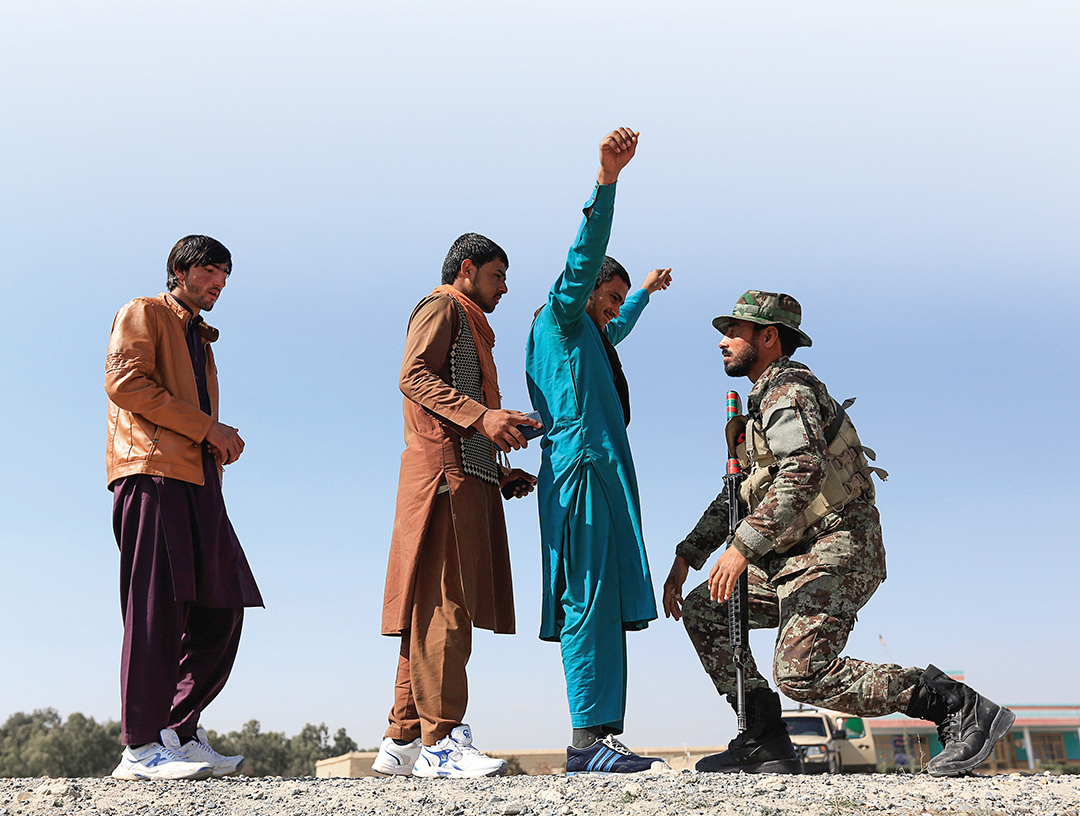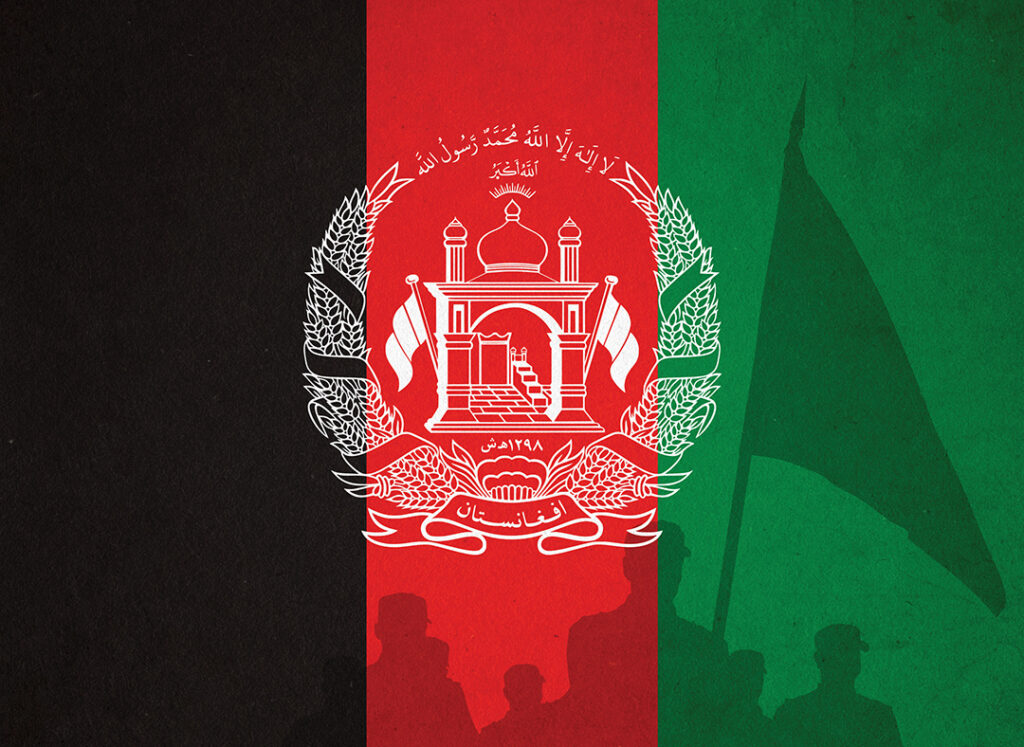Afghan National Security Forces require training and financial support from multinational partners
AHMAD MURID PARTAW, FORMER AFGHAN SENIOR REPRESENTATIVE TO U.S. CENTRAL COMMAND
Building Afghan forces that can provide for their own security has been a priority for the United States during the last two decades of its involvement in Afghanistan. The Afghan National Security Forces (ANSF) are composed of the Afghan National Army (ANA) and the Afghan National Police (ANP). They represent the critical pillars for establishing security and stability in the country.
When the Army was established in 2001, the goal was to build and develop a force to secure the state and prevent it from becoming a safe haven for terrorist and insurgent groups. For this reason, the idea was to build a strong military that would be ethnically balanced, nationally respected, and democratically accountable to the Afghan people. In addition, the objective behind creating these important institutions was that the ANA and ANP must be organized, well-trained and well-equipped forces that can meet the security needs of the country and be increasingly funded by the Afghan government.

Almost two decades after the ANSF was established, most of those requirements have been met, and these forces are among the success stories of Afghanistan’s post-Taliban democratization and state building. Having achieved the trust of the people, the ANSF are at the forefront of the conflict to prevent the Taliban and their associate groups from seizing territory.
After the withdrawal of most U.S. and allied troops in 2014, the brunt of fighting has been borne by Afghan security forces, which remain capable and continue to improve combat capabilities despite enormous challenges. Notwithstanding the many successes of the ANSF — using improved training and skills to fight the Taliban insurgency across the country — Afghan Soldiers continue to rely on U.S. and coalition support to cover most of the costs of combat operations. To be sure, this dependence on U.S. assistance will continue until the country achieves peace with the Taliban and moves toward self-reliance and economic development.
Nevertheless, Afghan security forces have been effective in maintaining security across Afghanistan. For instance, the ANSF provide security and stability for the capital city of Kabul, 34 provincial capitals and major population centers while maintaining lines of communication among them. Even though the Taliban insurgency contests and controls some districts in the southern and eastern parts of the country, the group has not been able to capture any district centers or provincial capitals because of strength and capabilities of Afghan forces.
In fact, the ANSF have seized and captured the districts of Khamyab and Qarqin in northern Jowzjan province, which were long under Taliban control. In recent years, the Taliban have sustained high levels of violence against Afghan forces, targeting convoys and checkpoints in different regions. Afghan Minister of Defense Assadullah Khalid told The New York Times that that since taking command in December 2018, he has shifted regular forces out of a defensive posture. Similarly, in another interview, the minister said that “our posture has changed from defensive to offensive.”
“Let’s be clear: These bases that the coalition forces have evacuated for us are not to stand idle. We are taking the offensive,” the minister announced.
While acknowledging the high casualties sustained in 2020 during Taliban attacks on checkpoints and bases, especially in areas where the militants were not threatened by government troops, the defense minister promised to reverse the situation. Afghan forces have maintained high morale in their fight against the Taliban. Most casualties in recent years have occurred away from bases and checkpoints. Troops have suffered from roadside bombs, attacks on convoys, snipers, insider attacks and ambushes of Soldiers or police on patrol.

Afghan security forces must reduce these types of attacks with the assistance of U.S. and coalition trainers and mentors. The Resolute Support mission can increase the fighting capabilities of ANSF by providing more training in mine clearance, countering enemy ambushes, and implementing effective and regular patrols across districts. Additionally, ANSF need improvement in handling medical evacuations of wounded troops, directing close air support, gathering intelligence and conducting surveillance and reconnaissance.
The Taliban spent much of 2020 avoiding attacks against U.S. and coalition forces to avoid upsetting the U.S.-Taliban agreement concluded between the two parties in early 2020. It’s important to mention that the signing of the agreement and the release of the U.S.-Afghanistan Joint Declaration on February 29, 2020, represented a historic and significant development in U.S. efforts to achieve lasting peace in Afghanistan.
However, violence conducted by the Taliban against the Afghan security forces and the civilian population remains high. This is particularly significant because the bulk of the work of securing the country has been done by Afghan Soldiers and police officers trained by the U.S. military. In the past five years, more than 50,000 members of the Afghan security forces have been killed and tens of thousands wounded. Taliban losses, though difficult to verify, are believed to be the same or higher.
ANSF have been able to provide sufficient security to deny the Taliban and ISIS-Khorasan their shared and respective objectives. In this respect, Afghan special forces and commando units, most of them American-trained, along with Afghan Air Force, have remained the most capable forces by continually demonstrating operational and tactical proficiency against Taliban attacks.
Although the Taliban and the Afghan government are trying to advance the peace process through intra-Afghan negotiations, the international community must continue to invest in the capabilities of ANSF to provide safety and security for the country.
The ANSF will serve as the guardian and guarantor of peace and stability even after a negotiated settlement with the Taliban. It’s vital to ensure that Afghan territory is never again used as a safe haven from which terrorists can launch attacks.

